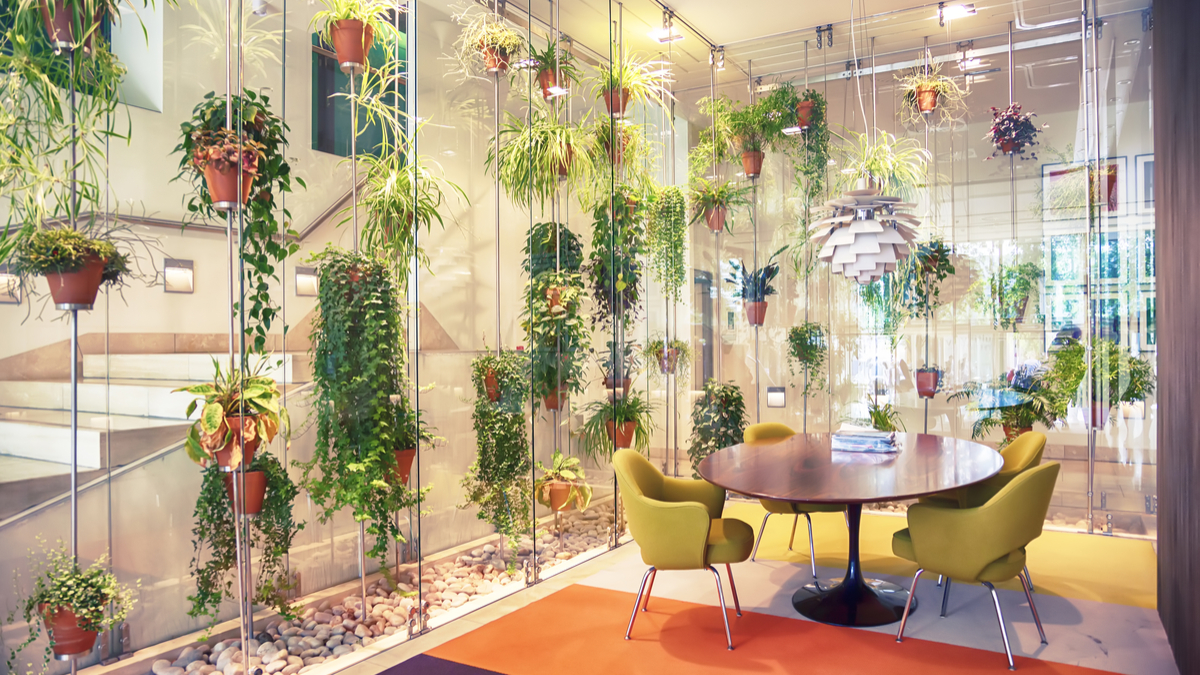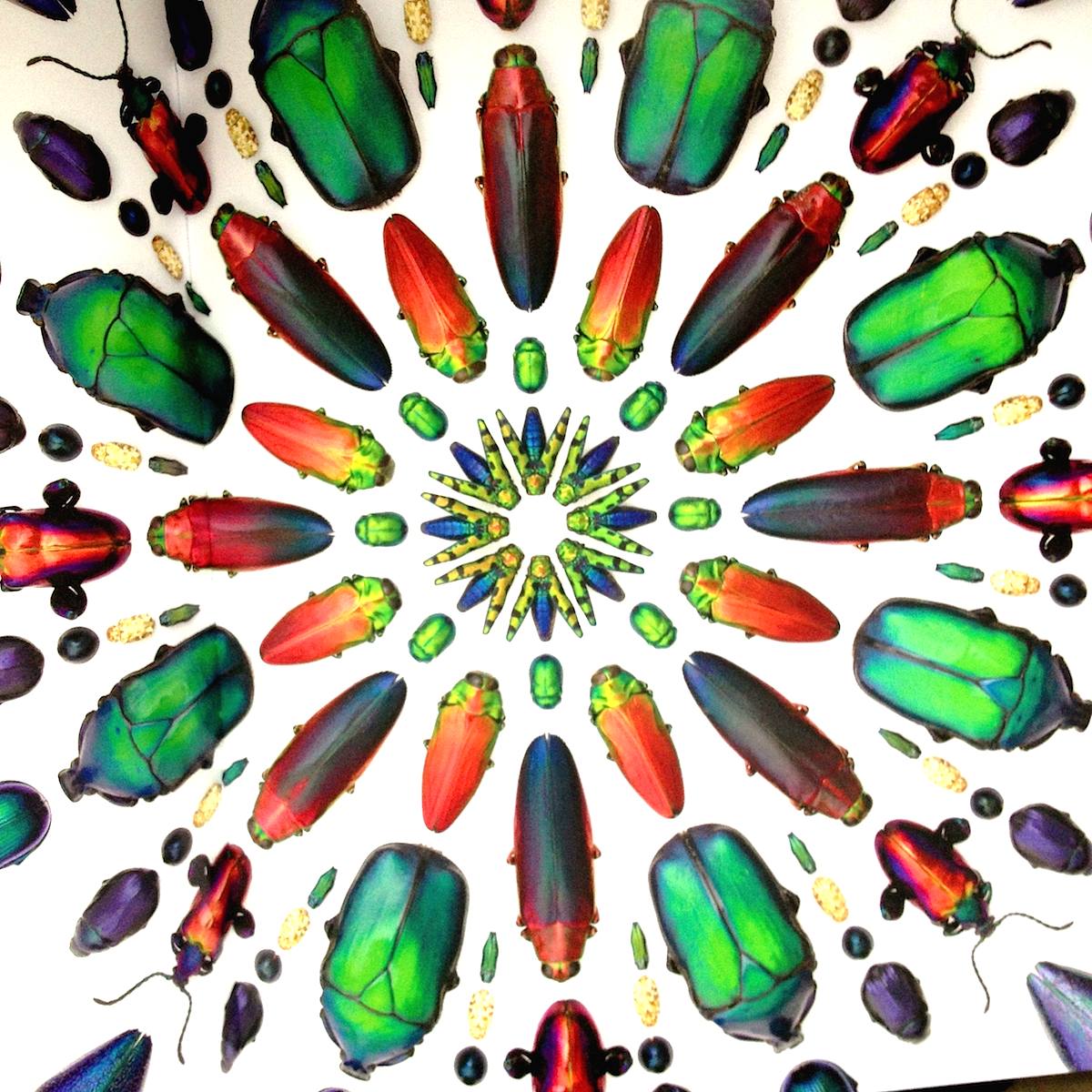Table Of Content
- Direct experience of nature
- Biophilic Home Design: A Beginner’s Guide to Nature-Inspired Living
- A Systematic Review and Conceptual Framework of Biophilic Design Parameters in Clinical Environments
- The Typology of Human Experience With the Natural Environment
- 1 Nature in the Space
- City-scale examples of application
- Evolved Human-Nature Relationships

Before the visit to the building, the teacher asked them to draw a picture of a factory. The photo on the left was typical of the drawings – they looked grim and dark. After the tour, when the children returned to class , the teacher asked them to draw another picture. The one shown here has happy people and the interior street lined with plants and wooden animals, including a snake and giraffe. Natural environments also have many sensory qualities and compositional features.
Direct experience of nature
There’s even tile that mimics the look of wood so you can use it in places such as your shower. Newer engineered woods, which use a ¼-inch wood veneer allow precious natural resources go farther, says Stafford. Accent walls of exposed stone or plaster-like clay products, which are not difficult to apply, are hugely popular.
Biophilic Design and Glass: Technology Helps Bring Nature Indoors - USGlass Metal & Glazing
Biophilic Design and Glass: Technology Helps Bring Nature Indoors.
Posted: Tue, 30 May 2023 07:00:00 GMT [source]
Biophilic Home Design: A Beginner’s Guide to Nature-Inspired Living
Studies 1–5, 8, and 9 investigated the clinical settings most regularly used by patients. Outpatient studies (Studies 2, 5, 8, and 9) focused mostly on specialist care units (e.g., chemotherapy), waiting rooms, and doctor rooms while the main emphasis of the inpatient investigations (Studies 1, 3, 4, 8, and 9) was wards and hospital rooms, and in some cases, outdoor areas. The quality assessment tool used in this systematic review was adapted from a study by Holloway Cripps (Holloway Cripps, 2016) and modified in accordance with Boland et al.’s (Boland et al., 2017) systematic review guidelines.
Bringing the Outdoors In: The Benefits of Biophilia - NRDC (Natural Resources Defense Council)
Bringing the Outdoors In: The Benefits of Biophilia.
Posted: Tue, 23 Jun 2020 07:00:00 GMT [source]
A Systematic Review and Conceptual Framework of Biophilic Design Parameters in Clinical Environments
Fluidity, sound, lighting, proximity and accessibility each contribute to whether a space is stimulating, calming, or both. An example of a designed environment with an excellent Visual Connection with Nature is the birch tree and moss garden in the New York Times Building in New York City – a carved out space in the middle of the building by which everyone passes as they enter or leave the building. Adjacent to a restaurant and the main conference rooms, the birch garden is an oasis of calm in the hustle and bustle of Times Square. A space with a good Visual Connection with Nature feels whole, it grabs one’s attention and can be stimulating or calming. There is an increasing interest in biophilia research in psychology, neuroscience and endocrinology and our understanding of these patterns will be refined and strengthened as new evidence is gathered. Environmentalquality is an umbrella term that refers to the sum of the properties andcharacteristics of a specific environment and how it affects human beings andother organisms within its zone of influence.

An understanding of biophilia can inform design choices that curb stress and boost well-beins. As the parameters changed to some extent depending on the user group, the suggestions for practice also showed some variations in different spaces. However, some recommendations were applicable to the spaces used by all user groups. For example, for all user groups, indoor design should maximize the use of natural materials, natural colors, fresh airflow, natural light, safety, and security (Study 1, Study 3, and Study 4).
1 Nature in the Space
The human eye and the processing of light and images within the brain are adaptable over a broad range of conditions, although there are limitations. For example, when the lighting difference between adjoining sources or surfaces has a brightness or luminance ratio of greater than forty-to-one, glare may occur, which diminishes visual comfort (Clanton, 2014). For work areas, luminance ratios between task and immediate surroundings should not exceed 10 to one.

That’s why we lovesunsets and mountain views and the sound of waves crashing on a beach. For along time, our homes supported this connection to the natural world, but technology,population growth, and other forces of modernity are making it harder tosustain. Four of the studies were conducted in the United States, three in Australia, one in the United Kingdom, with one study co-conducted between the UK and the Netherlands. Five of the studies were published by health and/or medicine related authors, two studies were published by academics in environmental disciplines and two were conducted by academic architects.
Evolved Human-Nature Relationships
Fromm used the term biophilia to describe the psychological orientation of being attracted to all that is alive and vital (Fromm, 1964), thus assuming a predominantly ontogenetic perspective, aimed at understanding the conditions for developing a biophilic personality. Wilson used the term biophilia to describe the traits of evolutionary adaptation that allow us to develop a mental link with the living world and Nature (Wilson, 1984), thus assuming a predominantly phylogenetic perspective. “Utilizing vacant wall space to display transcendent artwork is another option,” says Barnard. “The art can be literal interpretations of nature or pieces that spark a memory or connection to outdoor spaces like an abstract painting with lush greens or a vivid poppy red.” The average cost to hire an interior designer or decorator is $6,000.
One of the cultural challenges to upholding that human-nature bond, as well as environmental stewardship, is a phenomenon known as Environmental Generational Amnesia, the shifting baseline for what is considered a normal environmental condition as it continues to degrade. As environmental degradation continues, the baseline continues to shift with each ensuing generation, each perceiving this degraded condition as the norm or non-degraded condition. Cultural constructs, social inertia and ecological literacy suffuse differing perspectives on what constitutes natural, nature, wild, or beautiful (126. Tveit et al, 2007 ; 127. Zube & Pitt, 1981 ).
When a long duration of exposure is not possible or desired, positioningbiophilic design interventions along paths that channel high levels of foottraffic will help improve frequency of access. Patterns in combination tend to increase the likelihood of health benefits of a space. Incorporating a diverse range of design strategies can accommodate the needs of various user groups from differing cultures and demographics and create an environment that is psycho-physiologically and cognitively restorative.
Mystery conditions have their place among indoor and outdoor plazas, corridors, pathways, parks, and other transitory spaces. The sense of mystery can be diluted over time and with routine exposure; however, strategies that include revolving content or information, such as peek-a-boo windows into common areas where activity is constantly changing, will be most effective in spaces routinely occupied by the same group of people. The objective of the Complexity & Order pattern is to provide symmetries and fractal geometries, configured with a coherent spatial hierarchy, to create a visually nourishing environment that engenders a positive psychological or cognitive response (Salingaros, 2012). The response is apparent in body temperature, heart rate, and circadian functioning.
Climate, cost and other variables may influence or limit feasibility of certain interventions, but should not be considered an obstacle to achieving a high quality application. For example, multiple instances of Prospect with a shallow to moderate depth of field and limited information in the viewshed may not be as effective (at prompting the desired response) as a single powerful instance of Prospect with a moderate to high depth of field and an information-rich viewshed. Psychological responses can be learned or hereditary, with past experiences, cultural constructs and social norms playing a significant role in the psychological response mechanism. Timothy Beatley believes the key objective of biophilic cities is to create an environment where the residents want to actively participate in, preserve, and connect with the natural landscape that surrounds them.
Climate and culture influence human perceptions of nature, so as more research is conducted in various regions, climates, and cultures, a wider range of data will contribute toward more effective biophilic design frameworks. This section provides an overview of key findings on the links between human health resulting from a variety of biophilic applications – from indoor vegetation and daylight to window views and water features. Establishing multi-sensory experiences, we can design interiors that resonate across ages and demographics. These rooms and spaces connect us to nature as a proven way to inspire us, boost our productivity, and create greater well-being. Beyond these benefits, by reducing stress and enhancing creativity, we can also expedite healing.

No comments:
Post a Comment